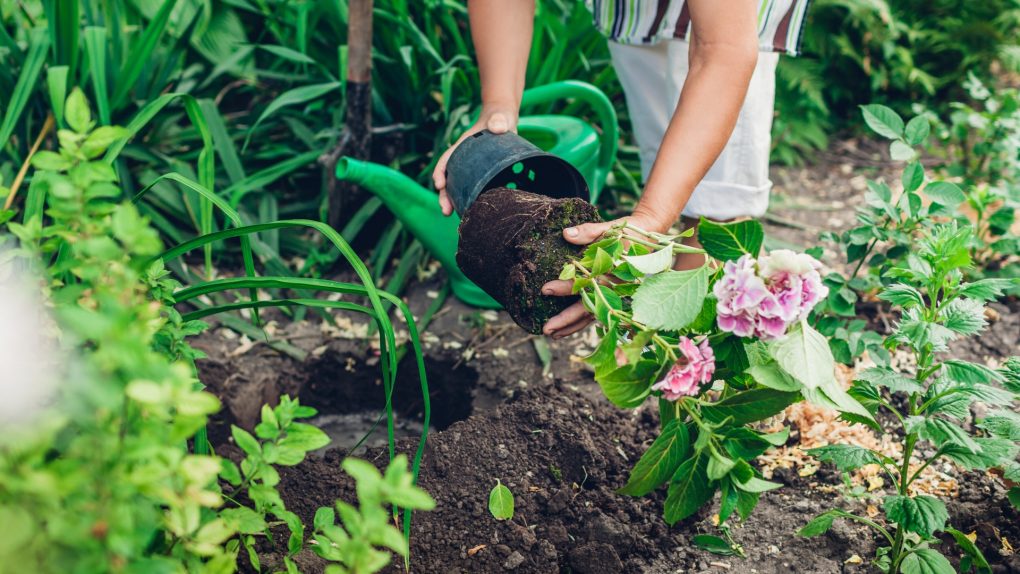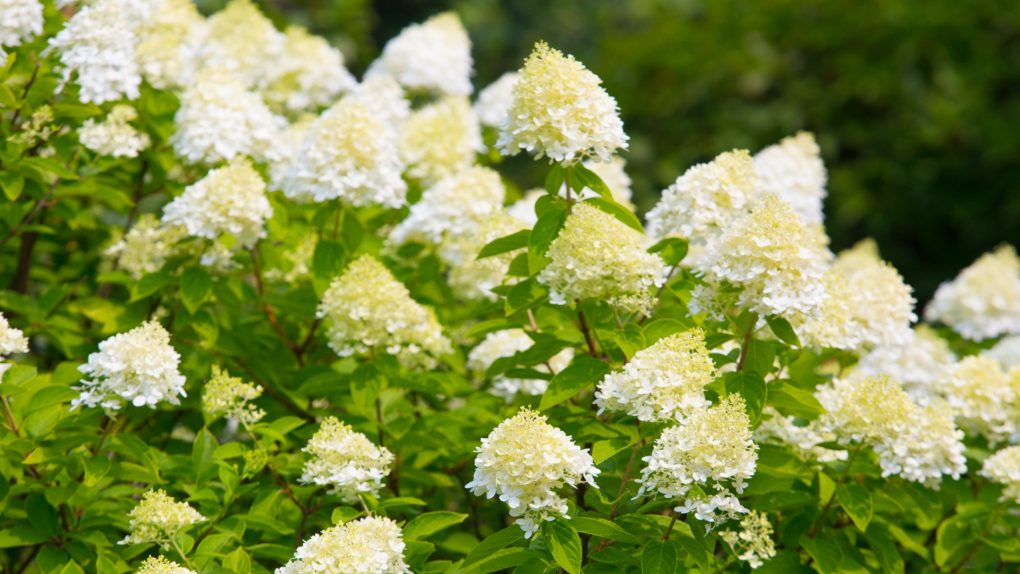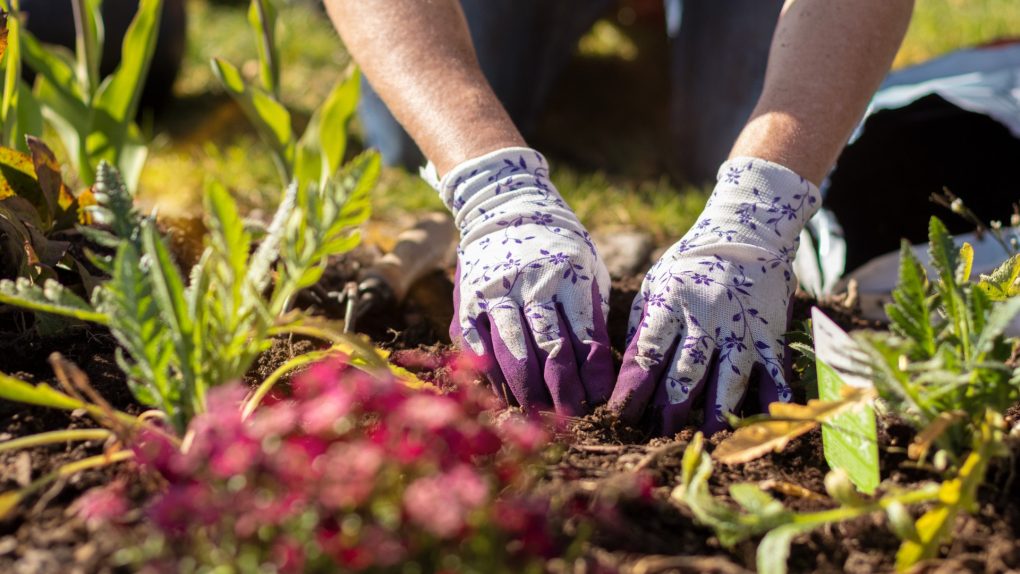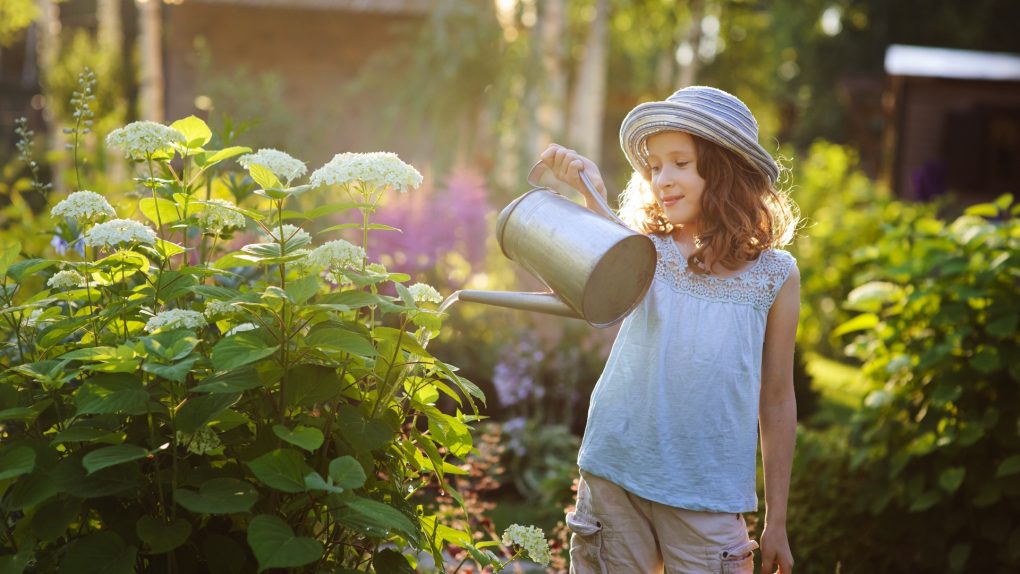Do Hydrangeas Tolerate Wet Soil? Exploring the Relationship Between Hydrangeas and Soil Moisture
Hydrangeas can tolerate wet soil to a certain extent but do not thrive in constantly soggy or waterlogged conditions. However, these plants prefer well-draining, consistently moist soil to grow and bloom properly.

Prolonged exposure to wet soil may lead to root rot and other fungal issues, harming the plant’s health. To prevent this problem, ensure the planting site has good drainage and avoid overwatering. Adding organic matter to the soil can also help improve its drainage and support healthier growth.
Table of Contents
Hydrangeas and Wet Soil
Hydrangeas are beautiful flowering plants that can add color and texture to any landscape or garden. Even though they are relatively easy to care for, some may wonder if they can tolerate wet soil. In this section, we will explore the relationship between hydrangeas and wet soil, including the available varieties, signs of stress to look out for, and tips for preventing issues.
Hydrangea Varieties
There are several different varieties of hydrangeas, each with its unique characteristics and preferences. Some varieties are more tolerant of wet soil than others. For example, the panicle hydrangea (Hydrangea paniculata) and the smooth hydrangea (Hydrangea arborescens) are known to thrive in wet soil conditions. On the other hand, the bigleaf hydrangea (Hydrangea macrophylla) and the oakleaf hydrangea (Hydrangea quercifolia) prefer well-drained soil and may struggle in wet conditions.

Signs of Stress
If a hydrangea is struggling in wet soil, there are several signs of stress to look out for. One of the most common signs is yellowing leaves, indicating that the plant lacks oxygen. Other signs of stress may include stunted growth, wilting, and root rot. If you notice any of these signs, it is important to take action to prevent further damage to the plant.
Preventing Issues
If you want to prevent issues with hydrangeas in wet soil, there are several steps you can take. First, make sure that the soil is well-drained and does not have standing water. You can also add organic matter, such as compost or leaf mold, to improve soil structure and drainage. Another option is to plant hydrangeas in raised beds or containers, providing better drainage and preventing waterlogging. Finally, be sure to water hydrangeas deeply but infrequently, rather than giving them frequent shallow waterings, which can contribute to waterlogging.
Planting Hydrangeas in Wet Soil
Hydrangeas are beautiful flowering plants that add color and charm to any garden. However, planting them in wet soil can be a challenge. Here are some tips to help you plant hydrangeas in wet soil:
Preparing the Soil
Before planting hydrangeas in wet soil, it is important to prepare the soil properly. Clean up the planting area by removing all debris and weeds. Then, add organic matter like compost or peat moss to the soil to improve drainage and aeration. Finally, thoroughly mix the organic matter into the soil to ensure it is evenly distributed.

Choosing the Right Location
Choosing the right location for planting hydrangeas in wet soil is crucial. Hydrangeas prefer partial shade to full sun but also need well-drained soil to thrive. Look for a location that gets some shade during the day, but also has good circulation of air. By doing this, you will prevent the soil from becoming waterlogged. Avoid planting hydrangeas in low-lying areas or near downspouts where water accumulates.
Proper Drainage Techniques
To improve drainage in wet soil, consider planting hydrangeas in raised beds or mounds. This will help to elevate the plants above the wet soil and prevent root rot. You can also add drainage tiles or gravel to the bottom of the planting hole to improve drainage. Water the plants deeply but infrequently to avoid saturating the soil. By mulching around the plants, you will be able to retain moisture and prevent weeds.
By following these tips, you can successfully plant hydrangeas in wet soil and enjoy their beautiful blooms year after year.
Caring for Hydrangeas in Wet Soil
Hydrangeas are a popular and beautiful flowering shrub that can add color and texture to any garden. However, they can be sensitive to soil conditions, especially when it comes to moisture. While hydrangeas prefer well-draining soil, they can still thrive in wet soil conditions with proper care.
Watering
When caring for hydrangeas in wet soil, monitoring the water they receive is essential. While they can tolerate wet soil, they must receive regular watering, especially during hot and dry weather. Overwatering, however, can cause root rot and other issues, so striking a balance is crucial.
Sticking your finger into the soil is one way to determine if your hydrangeas need watering. If it feels dry, it’s time to water. If the soil is moist, wait a few more days before watering again. It’s also essential to water deeply, so the roots receive enough moisture, but not so much that the soil becomes waterlogged.

Fertilizing
Hydrangeas in wet soil still require proper fertilization to thrive. However, it’s best to avoid using chemical fertilizers, which can harm the soil and the plant. Instead, use organic fertilizers, such as compost or well-rotted manure. These fertilizers can help improve soil quality and provide the nutrients for healthy growth.
It’s best to fertilize hydrangeas in the spring, just before new growth begins. You can also fertilize in the fall to help prepare the plant for winter.
Pruning
Pruning hydrangeas in wet soil can help promote healthy growth and prevent disease. It’s best to prune when new growth begins in late winter or early spring. Remove any dead or damaged branches and any crossing or crowded branches.
It’s also essential to deadhead hydrangeas regularly to encourage new blooms. Deadheading involves removing spent flowers, which can help redirect the plant’s energy toward new growth and blooms.
Overall, hydrangeas can tolerate wet soil conditions with proper care and attention. Monitoring watering, using organic fertilizers, and pruning regularly can help your hydrangeas thrive and add beauty to your garden.
